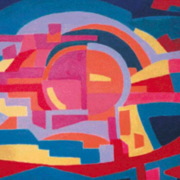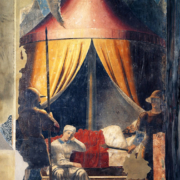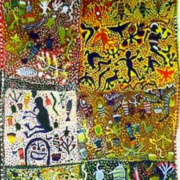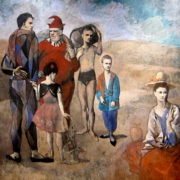Introdution, Groups for intellectually disabled persons
In this issue we present four papers in which the authors refer different group experiences and group therapies with ID persons. Three of the papers are written by therapists of the Units of Psychiatry of Mental Development in Geneva (UPDM – Unité de Psychiatrie du Développement Mental) A paper of general purpose, describes the care tools and the group techniques in the domain of UPDM. One other article relates the discussion and information group about psychotropic medication. A third paper describes a discussion and exchange group, on an informal appearance, having the aim to close the week and prepare D persons to a fearless week-end. A forth paper is prepared by NN and describes an experience in a educational group working on the ID persons evolution toward autonomy. This group was included in the Cantallegra Association in NN. The presence of intellectual disability has often been considered a problem with regards to classic group therapy; without wanting to refute this point of view, it seems inevitable, on the contrary to use this technique when the population we are treating with presents intellectual disability and different problems, from psychiatric classic pathology to needs in the educational domain and autonomy . Obviously this approach presents characteristic aspects linked to the ID population. With patients with a relatively high verbal level, we can still make reference to Yalom’s work on the theoretical level, especially when referring to patients presenting severe pathologies. Considering other acute situations and with very low verbal levels patients we refer to Brenner’s work, taking into consideration the important macrosocial limitations, and transferring into a group dynamic the evolutionary development from the sensorial to the cognitive right up to the microsocial. Balint’s work on regression was of help to us regarding less verbal groups, more closely linked to a population having important cognitive limitations for communication. The papers presented in this issue, in reference to different clinical and educational practices, show the presence of a typical group dynamic or underlying mechanism, even in groups of a more educational and behavioural type. From this point of view Neri’s work has helped us a lot in the understanding of the concept of group matrix and its application in clinical and pedagogical practice. On the other hand a solid personal training and good knowledge of group situation, allied with an experience of personal analysis are a fundamental support for the therapists in order to work with the patients’ group material, whit verbal or non verbal patients, and above all for whom the non verbal is on the front line.









